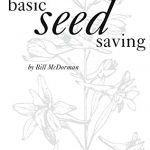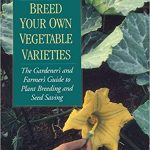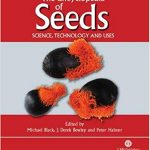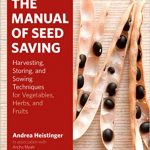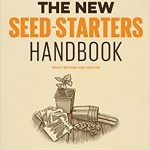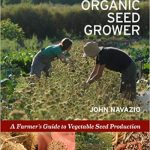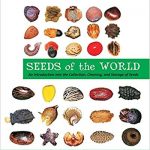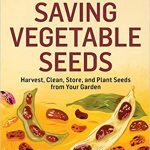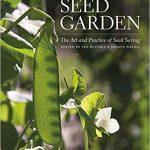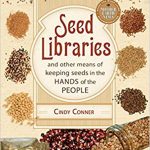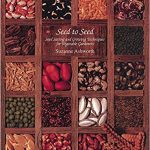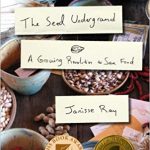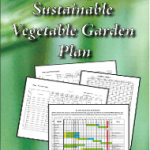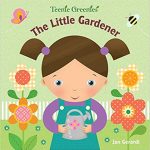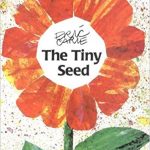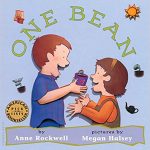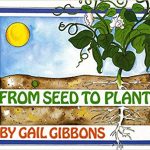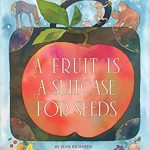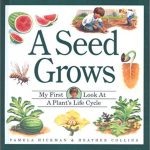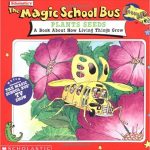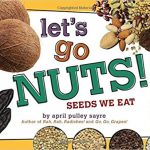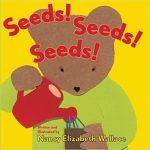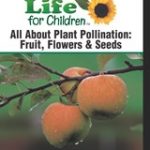Seed Saving
Library Guide
This Seed Saving Library Guide will lead you to books and web resources to help you make the most out of our seed library, offering information on: seed starting, pollen and pollination, isolation methods, planting schedules, harvesting, cleaning, and storing seeds, and more.
All are welcome to participate in the seed library at the Lora Robins Library at Lewis Ginter Botanical Garden. The books listed in this guide are also found at the Robins Library, and can be borrowed by Garden members.
WHAT IS SEED SAVING?
Seed saving is the practice of retaining of seeds produced by plants for use from year to year.
WHY SAVE SEEDS?
Humans have been saving seeds for over 12,000 years. However, much of that knowledge has been lost over the last century, and with it, significant biodiversity.
By growing and saving your own seeds, you:
- develop seed stock that is well suited to your local climate
- save money
- alleviate our dependence on agro-business
Bonus: by participating in a seed library, you help foster a culture of sharing and abundance in your community.
BOOKS FOR ADULTS
Basic Seed Saving by Bill McDorman (1994)
This short introduction breaks down seed saving for beginners and offers step-by-step instructions for planting, harvesting, and saving the seeds of 18 vegetables and 29 wildflowers.
Breed Your Own Vegetable Varieties by Carol Deppe (2000)
This comprehensive guide to plant breeding and seed saving is written with serious home gardeners, small-scale farmers, and commercial growers in mind.
The Encyclopedia of Seeds edited by Michael Black, J. Derek Bewley, and Peter Halmer (2008)
This scholarly reference work outlines the fundamental biological knowledge about seeds, along with the principles of agricultural seed processing, storage and sowing, the food and industrial uses of seeds, and the roles of seeds in history, economies and cultures.
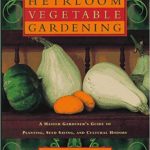
This comprehensive book walks novice gardeners through the basics and planting, growing and seed saving. Lore and old-fashioned recipes sprinkled throughout highlight the stories and flavors of these heirloom vegetables.
The Manual of Seed Saving: Harvesting, Storing, and Sowing Techniques for Vegetables, Herbs, and Fruits by Andrea Heistinger (2013)
This reference manual brings together information on pollination, isolation distances, cultivation, harvest, storage, and pests and diseases, with detailed information on more than 100 crop plants.
The New Seed-Starters Handbook by Nancy Bubel (2018)
This updated guidebook offers clear step-by-step instructions for starting seeds indoors, transplanting seedlings, and saving seeds, with planting information for more than 200 different varieties of vegetables, fruits, herbs, garden flowers, wildflowers, trees, and shrubs.
The Organic Seed Grower by John Navazio (2012)
Geared toward dedicated home seed savers, commercial seed growers, and small-scale farmers, this comprehensive manual details the best practices for producing commercial organic seed crops.
The Pictorial Guide to Seeds of the World by Terry Woodger (2011)
Written with both beginners and experienced seed savers in mind, this user-friendly book introduces readers to identifying, harvesting, saving, storing, and planting a wide variety of seeds.
Saving Vegetable Seeds: Harvest, Clean, Store, and Plant Seeds From Your Garden by Fern Marshall Bradley (2014)
This Storey BASICS guide offers an easy-to-follow introduction to saving seeds for 20 popular garden vegetables, including beans, carrots, peas, peppers, and tomatoes.
The Seed Garden edited by Lee Buttala and Shanyn Siegel (2015)
Produced by Seed Savers Exchange and the Organic Seed Alliance, this comprehensive book breaks down the seed saving practices for more than 75 crops, including heirloom tomatoes and peppers, beans, and grains.
Seed Libraries and Other Means of Keeping Seeds in the Hands of the People by Cindy Conner (2014)
This practical guide shares best practices for saving and sharing seeds through community-based programs including seed libraries, seed banks, seed swaps, and other means of sharing.
Seed to Seed by Suzanne Ashworth (2002)
This expanded second edition offers techniques for saving the seeds of 160 different vegetables. Detailed information on each vegetable includes: botanical classification, flower structure and pollination, isolation distance, population size, caging or hand-pollination, and proper methods for harvesting, drying, cleaning, and storing seeds.
The Seed Underground: A Growing Revolution to Save Food by Janisse Ray (2012)
This lyrical, hopeful book tells the stories of ordinary gardeners working to save open-pollinated varieties in danger of disappearing. A call to action to grow, save, and share seeds with our neighbors, The Seed Underground reminds us that our heritage and histories are packed into the same seeds that offer the keys to health, food sovereignty, and food security.
Develop a Sustainable Vegetable Garden Plan by Cindy Connor (2010)
This DVD walks viewers through garden planning; the companion CD contains worksheets to help you determine the necessary quantity of seeds, where to place them, when to expect a harvest, and what to plant next.
BOOKS FOR KIDS
The Little Gardener by Jan Gerardi (2012)
What does it take to make your garden grow? (Newborn – age 3)
The Tiny Seed by Eric Carle (1987)
A tiny seed takes a momentous journey across a variety of biomes and all four seasons. Will it overcome disaster after disaster and bloom into something wonderful? (Ages 3-6)
One Bean by Anne Rockwell (1999)
What happens when you plant one little bean? Bright colors and simple yet vivid narration introduce readers to a plant’s growth cycle. (Ages 3-6)
From Seed to Plant by Gail Gibbons (1991)
With simple language, this brightly illustrated book introduces young readers to the processes of pollination, seed formation, and germination, complete with instructions for a seed-growing project. (Ages 4-8)
A Fruit Is a Suitcase for Seeds by Jean Richards (2002)
Watercolor illustrations and simple language show children how different fruits protect seeds and help them spread to new places. (Ages 4-8)
A Seed Grows by Pamela Hickman (1997)
Young readers watch Sam’s seed grow into a delicious watermelon in this beautifully illustrated easy reader. (Ages 4-8)
The Magic School Bus Plants Seeds by Joanna Cole (1995)
Ms. Frizzle’s class hops aboard the Magic School Bus and discovers how plants grow…from the inside out! (Ages 4-8)
Let’s Go Nuts! by April Pulley Sayre (2013)
What do nuts, beans, grains, and even some spices have in common? They’re all seeds that we can eat! (Ages 4-8)
Seeds! Seeds! Seeds! by Nancy Elizabeth Wallace (2004)
Buddy Bear gets a package from Grandpa that contains five bags of different activities with seeds. From them, he learns how seeds grow, and even how to save them.
All about Plant Pollination by New York Botanical Garden (2006)
Young viewers will learn about the flower anatomy and pollination, as well as the structure, development, and dispersal of seeds.
WEB RESOURCES
2012 USDA Plant Hardiness Zone Map
Based on the average annual minimum winter temperatures, this map is the standard by which gardeners and growers can determine which plants are most likely to thrive at a location.
AOSCA Organic Seed Finder
Hosted by the Association of Official Seed Certifying Agencies (AOSCA), this site lists organic seed vendors.
eXtension Organic Seed Resource Guide
This guide provides information about organic seed production, and is geared toward agricultural professionals. Most resources are focused in the Western United States, but much of the information applies to all climatic regions.
Organic Seed Alliance
Find information about organic farming and gardening as well as seed-saving.
Saving our Seeds
This site offers information and resources pertaining to the preservation of vegetable varieties through organic seed production and seed saving issues.
Seed Savers Exchange
Seed Savers Exchange is a national network of people who save and exchange seed. Their “Learn” page offers tips, how-to guides, and other resources about seed saving, seed starting, and other related topics.
Southern Exposure Seed Exchange
SESE is a cooperatively-owned seed company in central Virginia, specializing in heirloom and other open-pollinated seeds that thrive in the Mid-Atlantic region. Their “Links” page offers resources on seed saving, sustainable gardening, and other related topics.
“Seeds and Plant Breeding,” U.S. Department of Agriculture
The USDA offers a list of resources for and about seeds and plant propagation methods.
